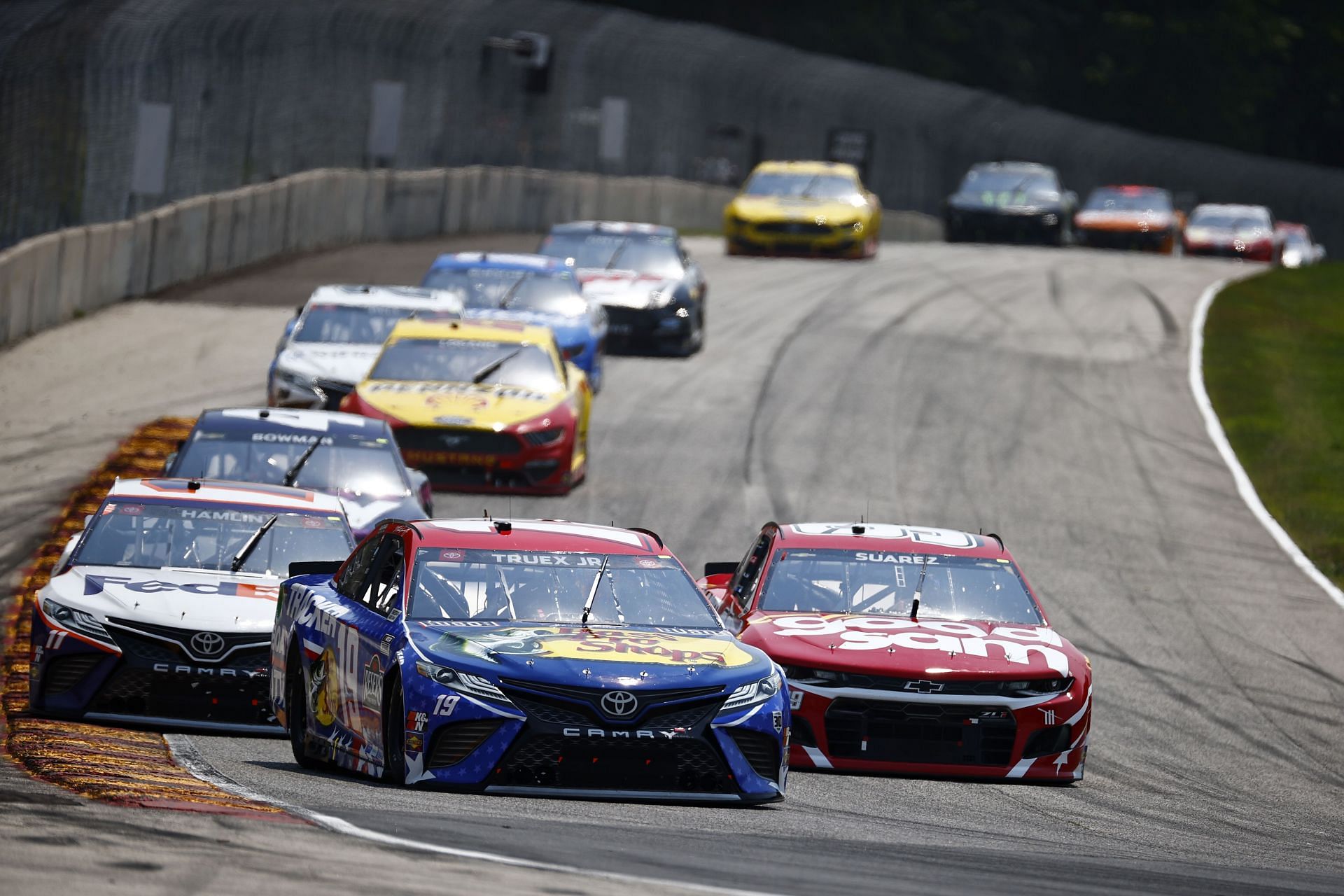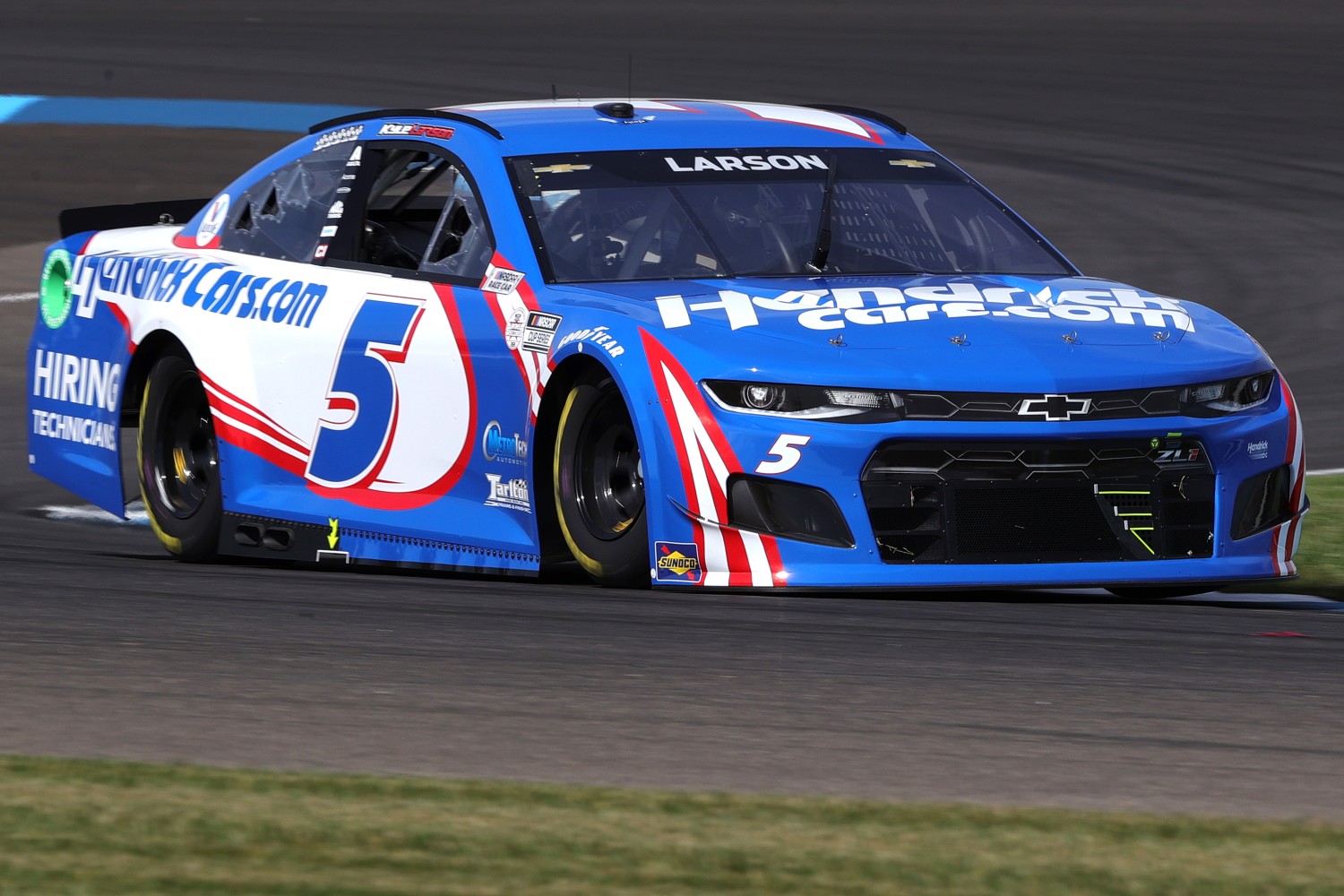
What happens if a car must stop for a pit? A pit stop has several different functions. You can use it to refuel, change the tires or drivers, as well as for many other purposes. Drivers can also change their tyres at pit stops. Softer tyres provide more grip, but wear more quickly. They are also more suitable to wet conditions. Many times, rules specify which type of tire drivers must use.
Changing tires
NASCAR allows you to change your tires at any pit stop. The rear tire changer typically approaches the car from the back. While this may seem like a minor change, it can make the whole pit stop process much more efficient. The pit crews are able to quickly and accurately keep the car on the right track by allowing drivers to see any changes in the progress. Here are a few tips to help you change a tire in a hurry.

First, take off the tire. Next, roll the tire to the pit wall. Assist your team in lifting the car. The tire carrier then places the new wheel onto the hub after the wheel is rolled up against the wall. The tire carrier then tightens the lug nuts with an air gun. Once the new wheel is on, the designated tire carrier lowers the hydraulic jack and lowers the car.
Changing fuel
During the race, pit crews are permitted to change fuel. Pit crews have the right to change two to four tires, and to provide gasoline to drivers. They must stay within a specified time limit. Pit crews can also fix a car if there's damage. A pit crew is permitted to add one to two gallons to each car. During the second part of the race, the pit crew might add an additional gallons per car.
There are many challenges that pit crews face during a race. One pit stop can only last 1.5 seconds. This would require four pit crew members to work on the car. The pit crew must learn to accept their pride and to be open to trying new things. Changing fuel at pit stops in NASCAR can be challenging, but it can also be a valuable learning experience for pit crews.
Changing drivers
Pit stops are an important part of NASCAR racing. Pit stops are essential to avoid losing positions in the race. Pit stops are often multiple, so every car in the field will make several. Pit stops should be made quickly to ensure drivers have the best starting position for race restarts. Many drivers have specialized tyres for specific conditions such as wet.

The new rules regarding pit stops make it illegal for fuelers or mechanics to modify the car's chassis. As a result, tire changers are now restricted to use power guns supplied by NASCAR and will not be allowed to modify the guns. But the new pit stop choreography is a huge improvement over the old one. While the new pit stops are a major improvement over traditional pit stops, they're far from perfect.
FAQ
What is the purpose and function of car racing?
Car racing's purpose is to entertain the public by allowing them to see cars race around a track at high speeds. It is also a chance for drivers to display their skills and compete with each other.
What makes a race car driver use these cars?
Modern racing cars usually use engines. These engines look similar to the ones found in passenger cars.
Instead of running on petrol, they use compressed air.
Which car race has the largest number of spectators?
The Indianapolis 500 Mile Race is a huge spectator event. Each year, it attracts over 400,000 viewers.
It will be held at the Indianapolis Motor Speedway, May 30th and 31, respectively.
What is the average race duration?
Different races have different lengths.
There are endurance races which can go on for multiple days.
Some races are shorter, such as sprint races.
Why is it that race car drivers sport special clothing?
Many race car drivers sport special clothing.
These clothes keep them cool and comfortable while they race.
This fabric prevents sweat from running down their bodies.
It also protects them from the wind-blown damage to their skin.
How many people are involved with making a race car?
Many race car manufacturers employ hundreds.
They produce parts like wheels, tires and suspension systems, as well as body panels and engine components.
Statistics
- This change may give an improvement of up to 29% fuel efficiency. (en.wikipedia.org)
- Petty has won 200 NASCAR Cup Series races, a likely unbreakable record, along with a series record seven Cup championships. (frontstretch.com)
- In 2013 Ferrari had an estimated team budget of $470 million, while elite IndyCar teams have an estimated annual budget of $15 million, according to FormulaMoney. (businessinsider.com)
- According to AutoSport, IndyCar's top speeds are 380km/h or 236 mph. (motorbiscuit.com)
- According to Toyota, the 390-hp-plus 2019 Yaris WRC runs out of gearing after 124 mph, 19 mph less than the crazy Yaris GR that's currently sitting on dealer lots outside of the U.S. BONUS: (motortrend.com)
External Links
How To
How to corner quickly
In order to go faster in a race you need to get your car out from the way of other cars. This means that you need to turn before others. When you do this correctly, you'll make everyone behind you brake too, because they won't know what's going on ahead of them. You can also avoid collisions with cars coming in different directions. How can you corner fast?
First, understand where you are going. If you don’t know where your destination is, you might end up in a completely new place. This is why it's important to plan well. You can make a map of your route to help you see where you are at any moment. This may seem like a lot, but it will save you a lot more headaches later.
Next, determine when you will start turning. You can start by passing the first corner. Once you have completed the first corner, your starting point will be known. You will now have to decide whether or not you'll use either the inside or the exterior lane.
If you plan to use the inside lane, wait until there is no traffic ahead of you. If you do this, you will be able to move quickly and without fear of hitting someone. However, once you get into the inside lane you must remain there. Keep your eyes on the outside lane and don't drift back. You could hit someone moving slowly if you do. Keep in mind that if you cross the line dividing the two lanes, you'll lose control of your vehicle and become vulnerable to crashes.
Once you have chosen the lane, it's time to decide where to turn. There are many options for tackling this problem. Some prefer to search for a gap between traffic. Others prefer to look for an open space in the road. Some others try to find a point where a road curves around a mountain or hill. No matter what method you use, you must be careful to not block the entire road. If you do, then you'll end up causing traffic jams all across town.
After you've picked a spot to turn, you need to decide whether you'll be making a sharp left or a gradual curve. A sharper turn can be more challenging than a slow one. But it is more difficult and requires more energy. It also makes it more difficult to properly steer your car. For these reasons, most drivers prefer to make gradual turns.
You need to accelerate quickly enough to make it possible to escape the car in front. Too fast and you will crash into the bumper of the vehicle in front. If you accelerate too slowly, you will run off of the road. In either scenario, you could end up losing control of your car or crash. This scenario can be avoided by gradually increasing your acceleration. You can start with very little acceleration and then increase it when you reach the edge.
Stop cornering immediately after you have finished. This is especially important if you are driving in heavy traffic. This could result in you running someone over.